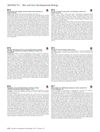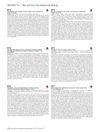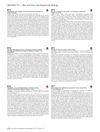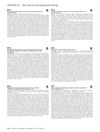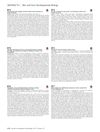Manipulation of Stem Cell Divisional Behavior: Selectively Promoting Asymmetric and Symmetric Keratinocyte Divisions In Vitro
April 2017
in “
Journal of Investigative Dermatology
”
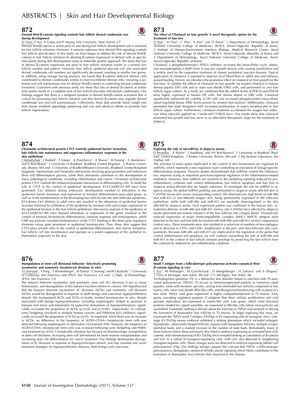
TLDR Scientists can control how skin stem cells divide by using different treatments.
In the study titled "Manipulation of stem cell divisional behavior: Selectively promoting asymmetric and symmetric keratinocyte divisions in vitro," researchers investigated the balance between asymmetric stem cell (SC) divisions and symmetric cell divisions (SCDs) in keratinocytes, which is crucial for tissue homeostasis. They hypothesized that this balance could be dysregulated by hyperproliferative stimuli, both benign and cancerous. The study involved manipulating these divisions in freshly isolated keratinocytes in vitro. They found that stimuli associated with benign hyperproliferation, such as amphiregulin and Interleukin-1α, significantly increased the proportion of asymmetric SC divisions, while sonic hedgehog and Pifithrina (a p53 inhibitor) significantly increased the proportion of symmetric cell divisions. The frequency of ALDH+CD44+ keratinocyte stem cells remained unchanged after treatment with amphiregulin or interleukin-1α but increased following treatment with sonic hedgehog and Pifithrina. These findings suggest that dysregulation of SC divisions in response to hyperproliferative stimuli could lead to novel treatment strategies for hyperproliferative diseases.

